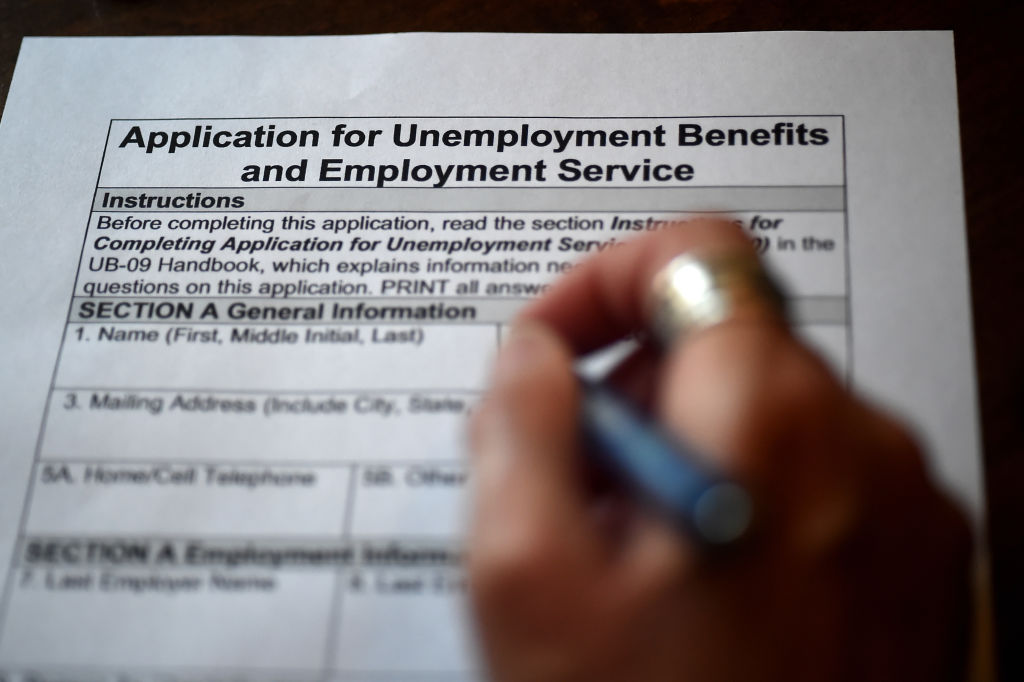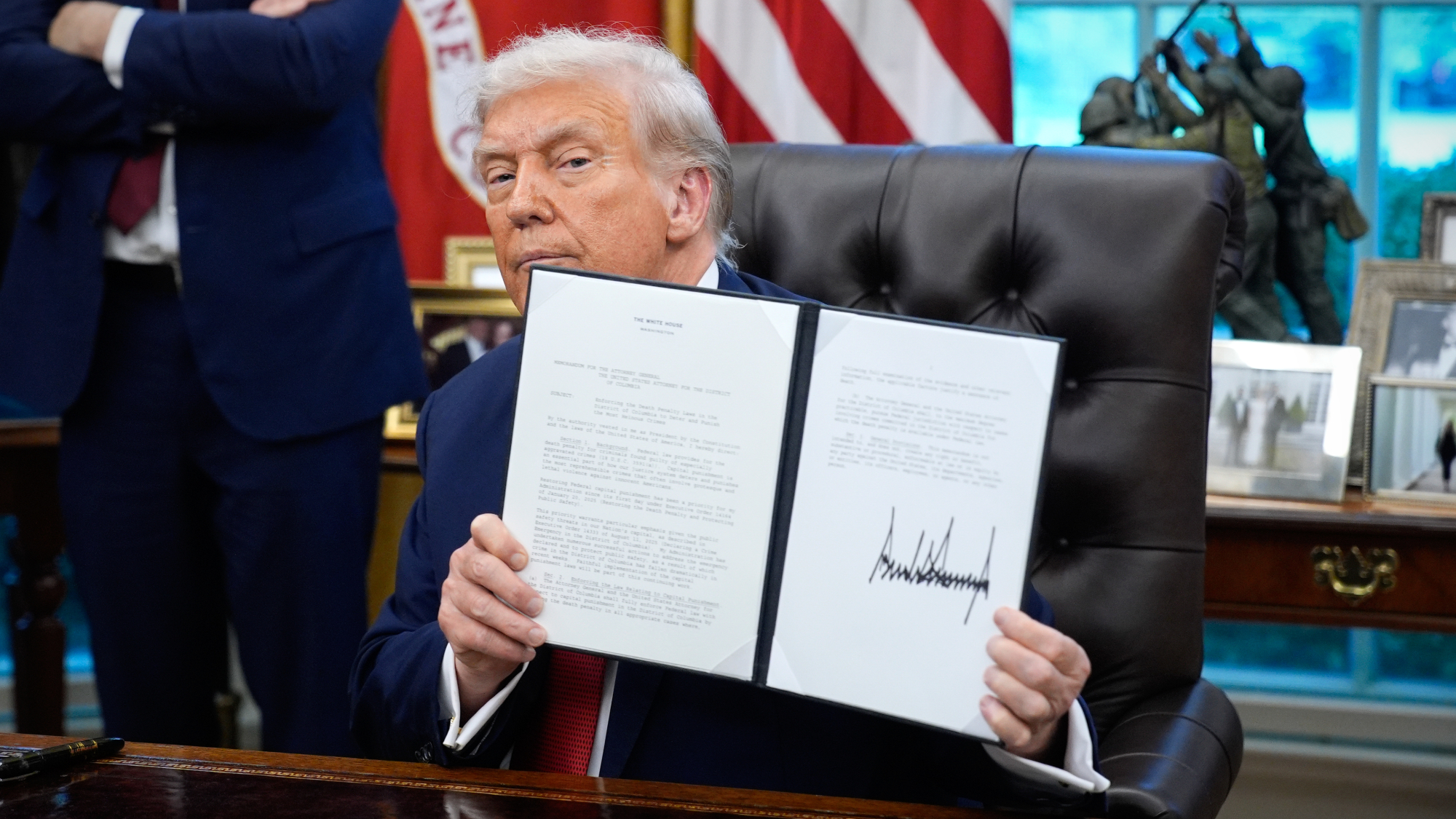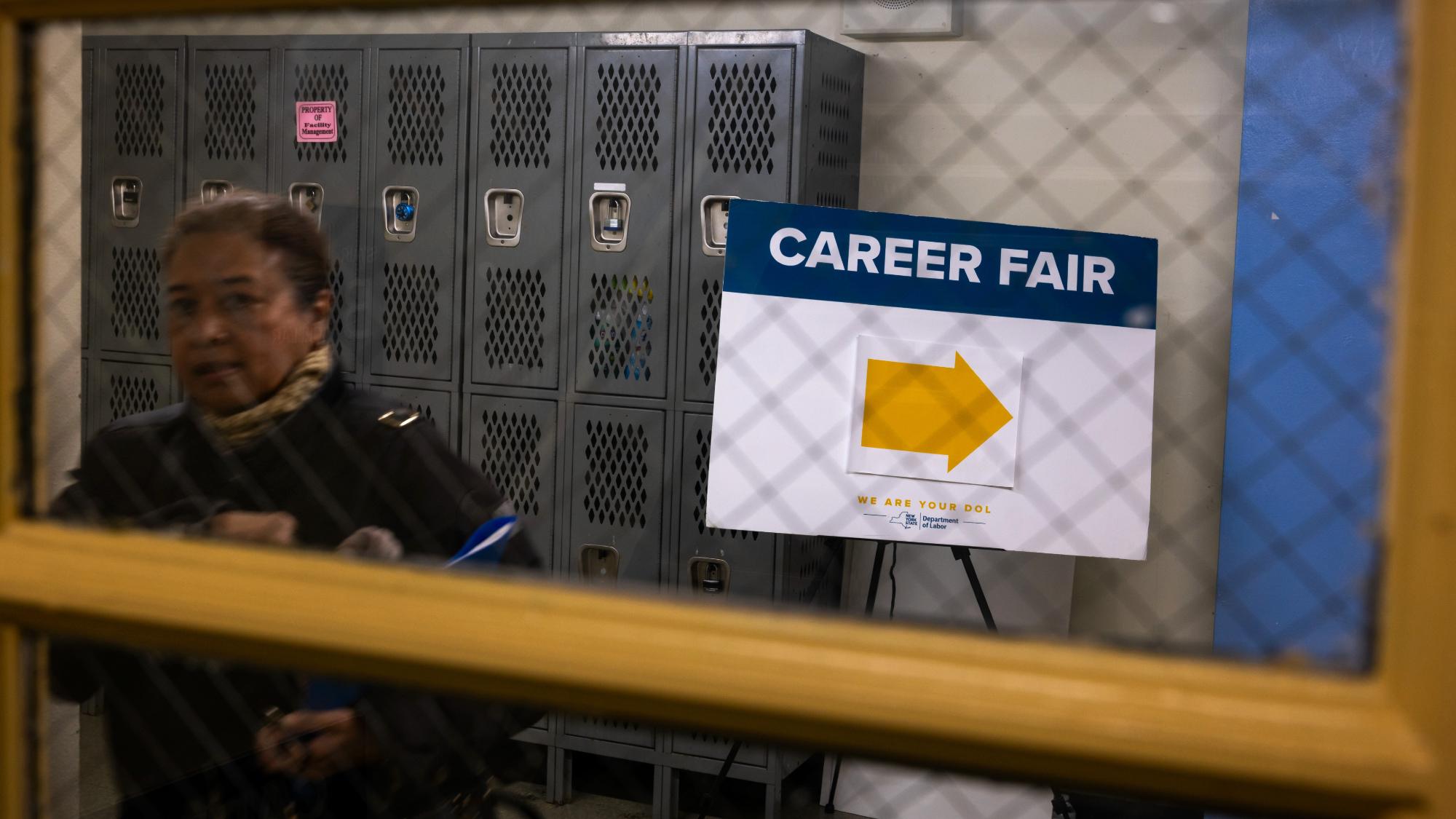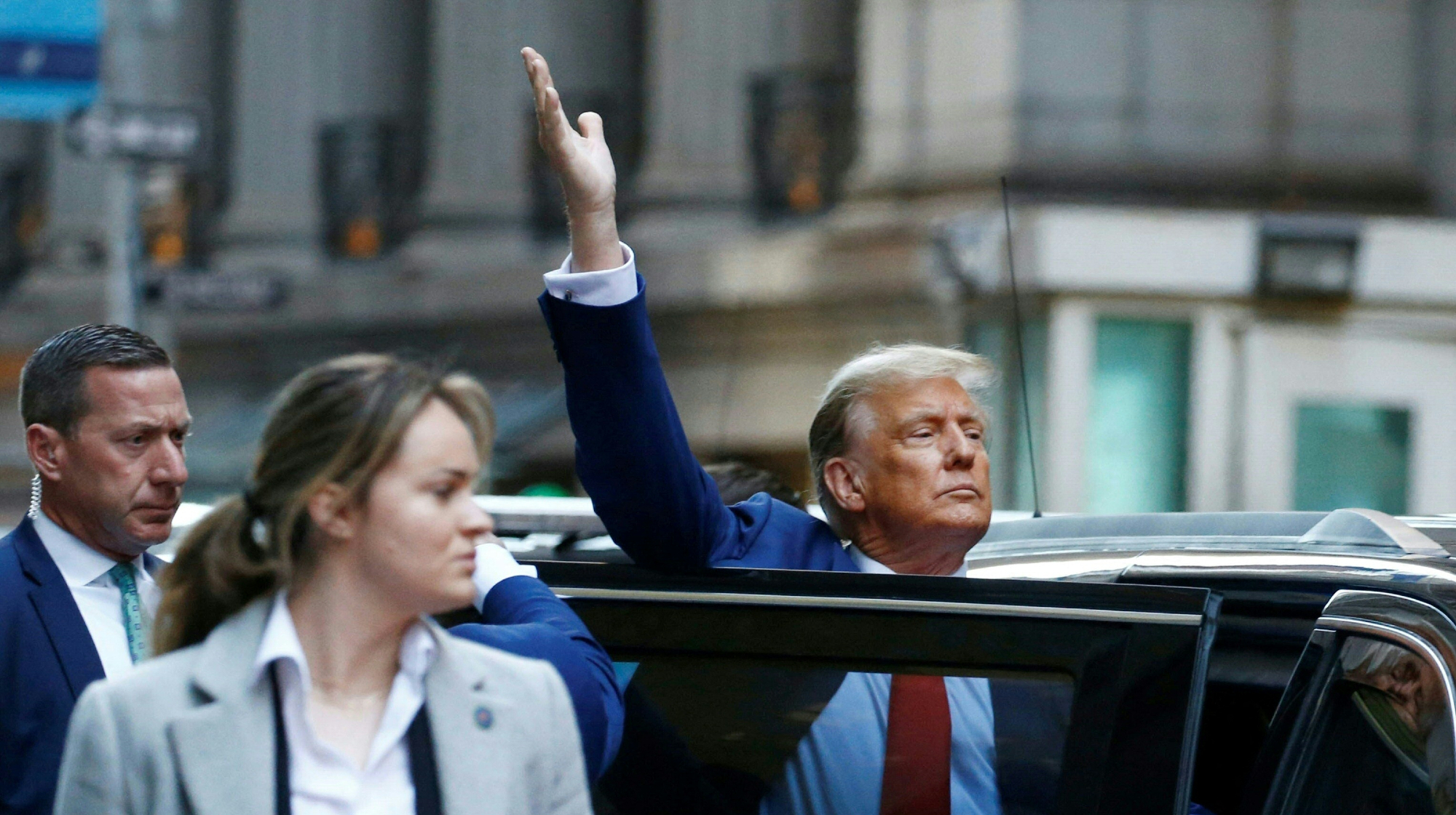High-wage workers are getting all the jobs


Low-wage workers have borne the brunt of job losses in the United States during the coronavirus pandemic, research conducted by economists at the New York Federal Reserve shows.
The worst stretch came when the virus first took hold in the U.S. in March and April. At that stage only high-wage workers (in the study this refers to anyone making more than $85,000 annually) saw their job rates remain steady, while the lowest wage-earning group (individuals making less than $30,000 annually) experienced the most significant decline, at more than 33 percent. The two middle-wage groups — those earning between $30,000 and $50,000 and $50,000 and $85,000 — declined at 18 percent and nine percent, respectively.
The economic situation improved throughout the summer, and subsequently the employment gap between wage groups narrowed "considerably," but things took a turn for the worse again in the fall. Now, while high-wage earners are actually employed at rates slightly above pre-pandemic levels, low-wage worker employment remains 14 percent below and trending downward.
The Week
Escape your echo chamber. Get the facts behind the news, plus analysis from multiple perspectives.

Sign up for The Week's Free Newsletters
From our morning news briefing to a weekly Good News Newsletter, get the best of The Week delivered directly to your inbox.
From our morning news briefing to a weekly Good News Newsletter, get the best of The Week delivered directly to your inbox.
The New York Fed suggests, as one might imagine, these trends are related to the fact that many industries that have been hit the hardest — hospitality and retail, for instance — employ a higher amount low-wage workers, while high-wage workers often have more flexibility in their jobs and can work remotely. Read more about the research findings here. Tim O'Donnell
A free daily email with the biggest news stories of the day – and the best features from TheWeek.com
Tim is a staff writer at The Week and has contributed to Bedford and Bowery and The New York Transatlantic. He is a graduate of Occidental College and NYU's journalism school. Tim enjoys writing about baseball, Europe, and extinct megafauna. He lives in New York City.
-
 TikTok secures deal to remain in US
TikTok secures deal to remain in USSpeed Read ByteDance will form a US version of the popular video-sharing platform
-
 Unemployment rate ticks up amid fall job losses
Unemployment rate ticks up amid fall job lossesSpeed Read Data released by the Commerce Department indicates ‘one of the weakest American labor markets in years’
-
 US mints final penny after 232-year run
US mints final penny after 232-year runSpeed Read Production of the one-cent coin has ended
-
 Warner Bros. explores sale amid Paramount bids
Warner Bros. explores sale amid Paramount bidsSpeed Read The media giant, home to HBO and DC Studios, has received interest from multiple buying parties
-
 Gold tops $4K per ounce, signaling financial unease
Gold tops $4K per ounce, signaling financial uneaseSpeed Read Investors are worried about President Donald Trump’s trade war
-
 Electronic Arts to go private in record $55B deal
Electronic Arts to go private in record $55B dealspeed read The video game giant is behind ‘The Sims’ and ‘Madden NFL’
-
 New York court tosses Trump's $500M fraud fine
New York court tosses Trump's $500M fraud fineSpeed Read A divided appeals court threw out a hefty penalty against President Trump for fraudulently inflating his wealth
-
 Trump said to seek government stake in Intel
Trump said to seek government stake in IntelSpeed Read The president and Intel CEO Lip-Bu Tan reportedly discussed the proposal at a recent meeting



